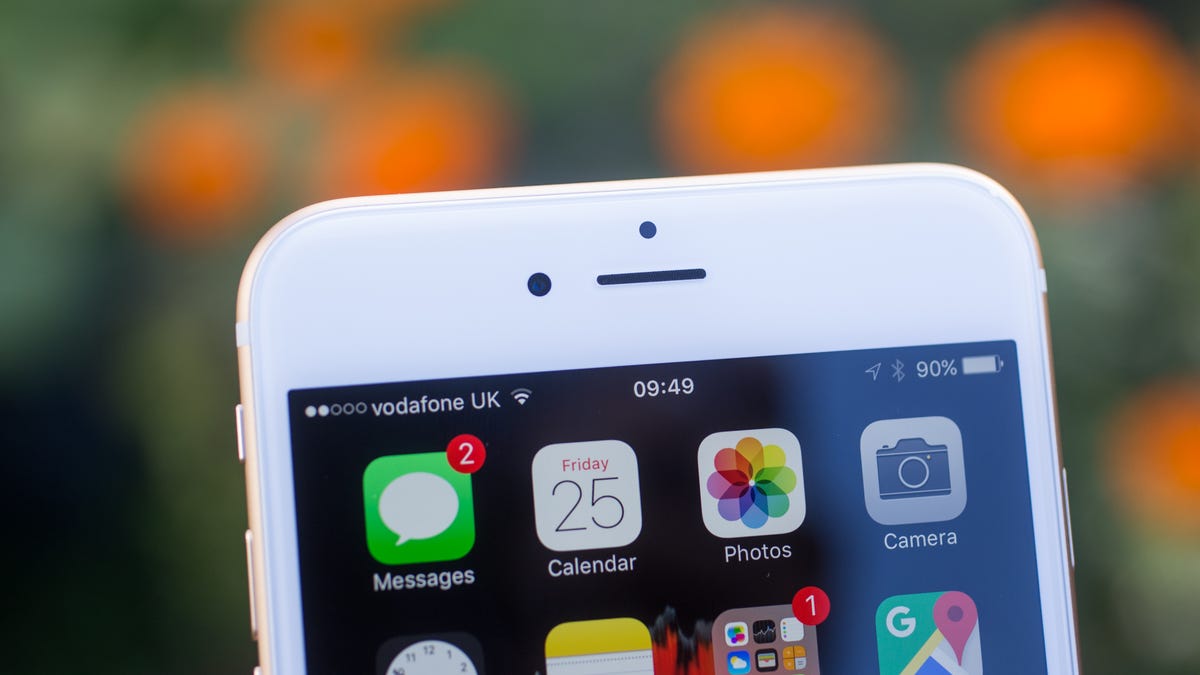iPhone 6 'bendgate' was real -- and Apple knew about it, according to court docs
Apple shipped the phones knowing they would bend, says Judge Lucy Koh.

Though Apple publicly held its ground about the solid design of the iPhone 6 and 6 Plus, court documents from the "touch disease" class-action lawsuit seem to state otherwise.
According to the public documents, which were obtained by Motherboard, Apple's "internal testing 'determined that the iPhone 6 was 3.3 times more likely to bend than the iPhone 5S ... and that the iPhone 6 Plus was 7.2 times more likely to bend than the iPhone 5S."
"One of the major concerns Apple identified prior to launching the iPhones," US District Court Judge Lucy Koh wrote, "was that they were 'likely to bend more easily when compared to previous generations.'"
Soon after the iPhone 6 and 6 Plus came out, repairability site iFixit noticed a lot of complaints of gray bars appearing at the top of the screen when touched. This led to a class-action suit filed in August 2016 in the USDC Northern District of California.
Fast-forward to that November, and Apple announced that it would pay to fix the screens for $150 but said the problem occurred after phones had been "dropped multiple times on a hard surface."
Apple didn't immediately respond to a request for comment.

